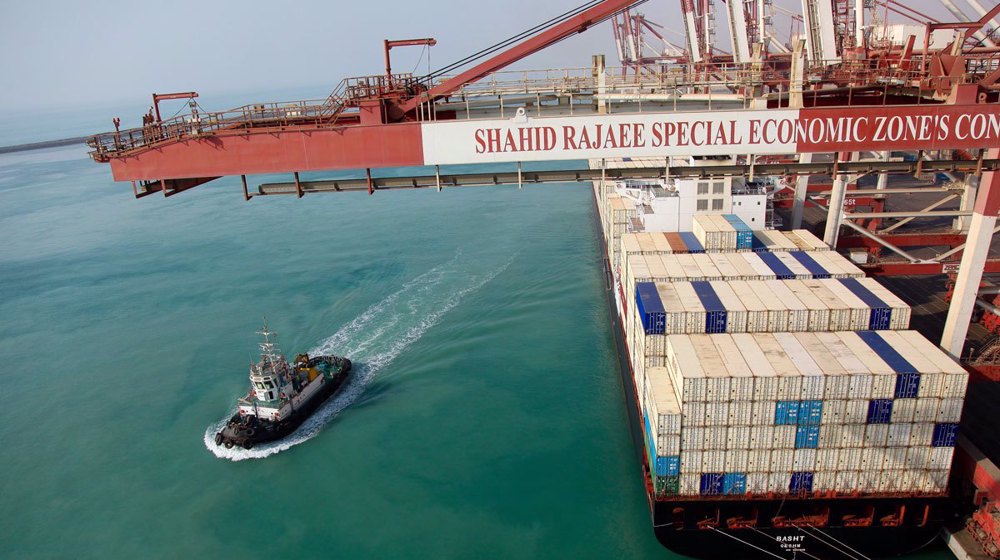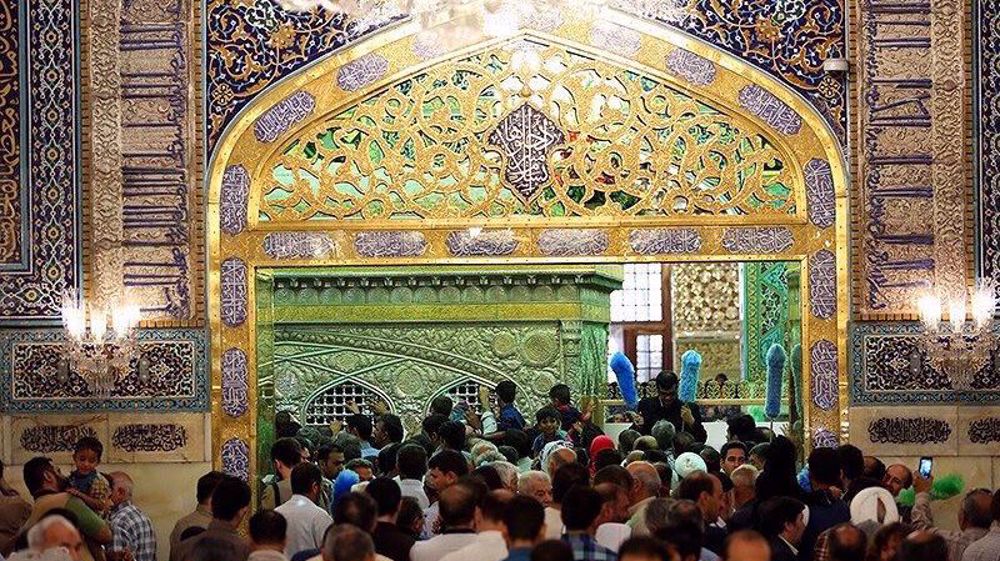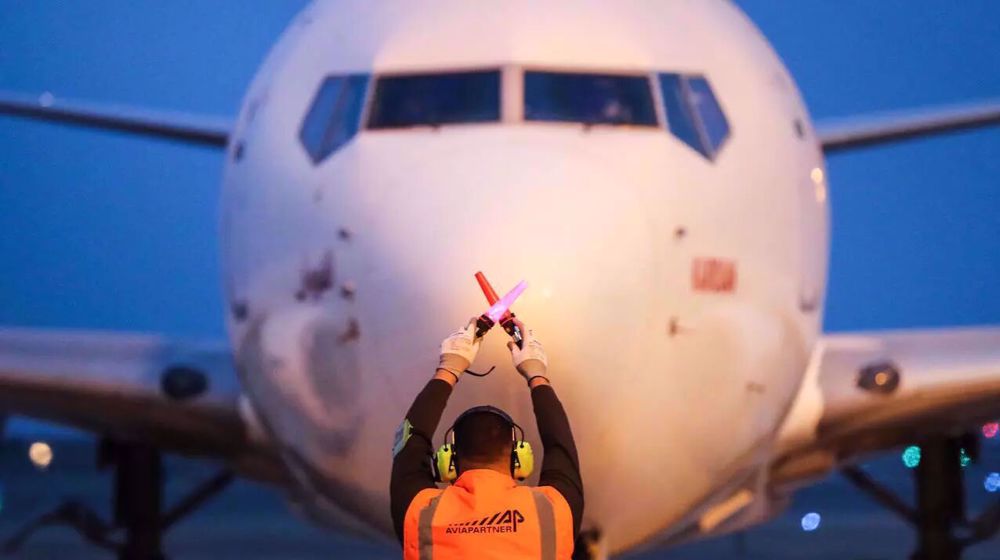Israeli cyber terrorist attack targets Iranian port: Report
Israel carried out a cyber terrorist attack that caused disruption at an Iranian port this month, the Washington Post reports.
Iranian officials have acknowledged that a cyberattack briefly knocked computers at Shahid Rajaee port terminal offline on May 9.
According to the newspaper, US and foreign government officials say the attack appears to have originated from Israel which has a history of terrorist attacks on Iran’s nuclear energy program.
Earlier this month, shipping traffic at Shahid Rajaee port terminal came to an abrupt halt after computers that regulate the flow of vessels, trucks and goods all crashed at once. The attack reportedly created brief backups on waterways and roads leading to the facility.
According to intelligence and cybersecurity officials, cited by the Post, the attack was carried out by Israeli operatives. It came after the occupying regime said it had been the target of an attempt to penetrate the computers that operate water distribution systems in Israel.
The sprawling Shahid Rajaee port facility is the newest of two major shipping terminals in the Iranian coastal city of Bandar Abbas, on the Strait of Hormuz.
The Post quoted an Israeli regime official as boasting that the attack had caused “total disarray” to shipping traffic in the port.
However, Mohammad Rastad, managing director of the Ports and Maritime Organization of Iran, said the terrorist attack “failed to penetrate the PMO’s systems and was only able to infiltrate and damage a number of private operating systems at the ports”.
Iran has been the target of US and Israeli cyber terrorism for a decade, including attempts to remotely sabotage the Islamic Republic’s nuclear program.
In 2010, US and Israeli intelligence agencies unleashed a computer worm called Stuxnet on Iranian uranium-enrichment plants in an attempt to disrupt Iran’s nuclear program. The Washington Post reported two years later that the US National Security Agency (NSA), its spy service CIA, and Israel’s military had worked together to launch Stuxnet against Iran’s nuclear facilities.
The attack was followed by Mossad’s assassination of several Iranian nuclear scientists.
Iranian officials have said the attacks worked to the US and Israeli detriment, helping improve the Islamic Republic’s readiness against acts of sabotage.
Last year, Minister of Information and Communications Technology Mohammad Javad Azari Jahromi said Iran had developed an indigenous firewall securing its sensitive industrial facilities against cyber terrorism.
The firewall “practically neutralizes industrial sabotage, such as Stuxnet, in electrical grids and suchlike,” he wrote.
Gholamreza Jalali, the head of Iran's Civil Defense Organization which is in charge of cyber security, has said Iran is taking legal action against the US over repeated cyber attacks and threats, while it is putting in place robust security measures to protect its vital infrastructure.
In February, government officials said the Iranian internet service had suffered hours of disruption in what telecoms authorities said was the result of DDoS cyber attack.
The attack was dealt with immediately using the Iranian Information Technology Fortress, known as DEJFA, senior telecoms ministry official Sajjad Bonabi said at the time.
Dual national faces trial for spying for Israel during 12-day war: Iran’s Judiciary
Iran, Russia agree to fast-track strategic north–south corridor
US offers Ukraine 'strong' security guarantees amid unsettled territorial row
Iranian researcher wins gold at Silicon Valley invention festival for cancer medicine
Turkey excluded from Gaza conference in Doha due to Israeli veto: Report
Protests against Trump administration continue
Three policemen killed in shootout with terrorists in southeast Iran
Hamas’s Khaled Meshaal urges Trump to abandon Israel-first policy











 This makes it easy to access the Press TV website
This makes it easy to access the Press TV website